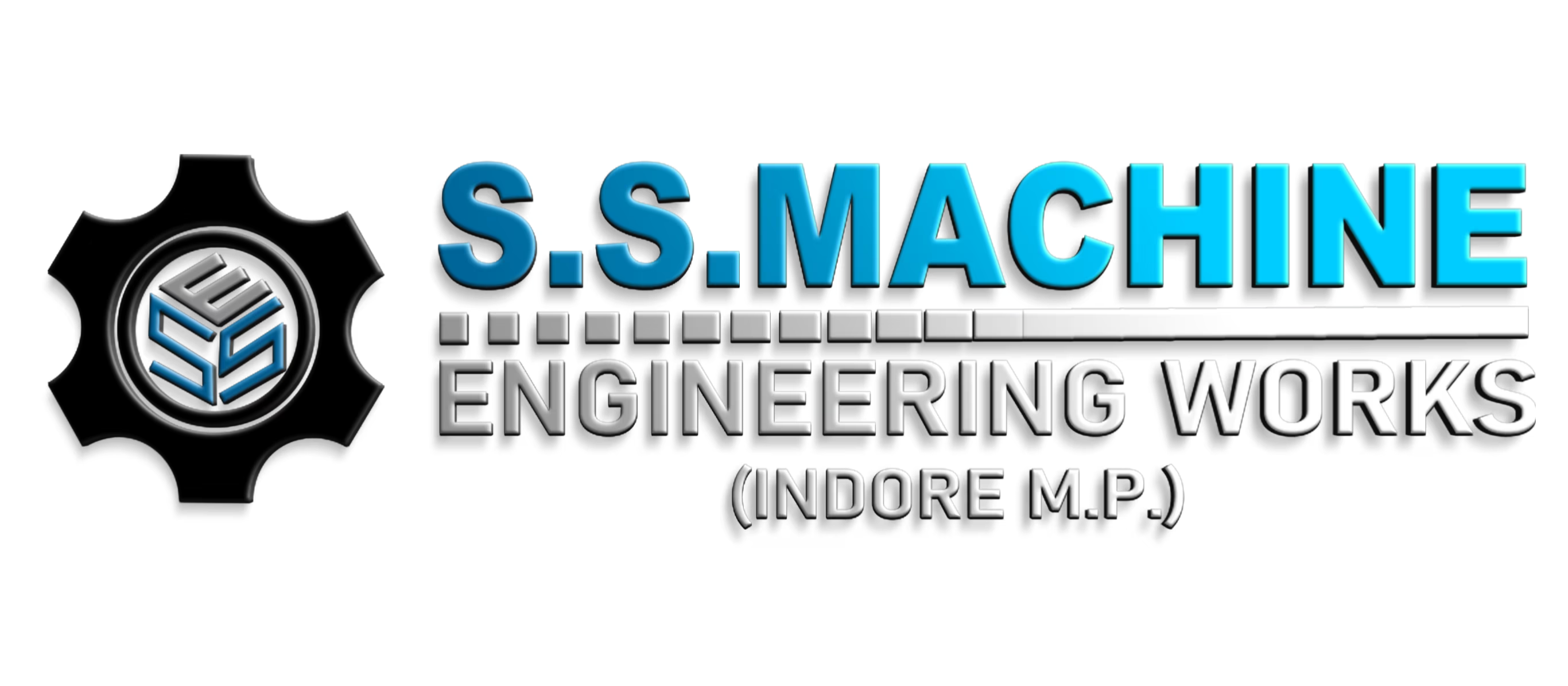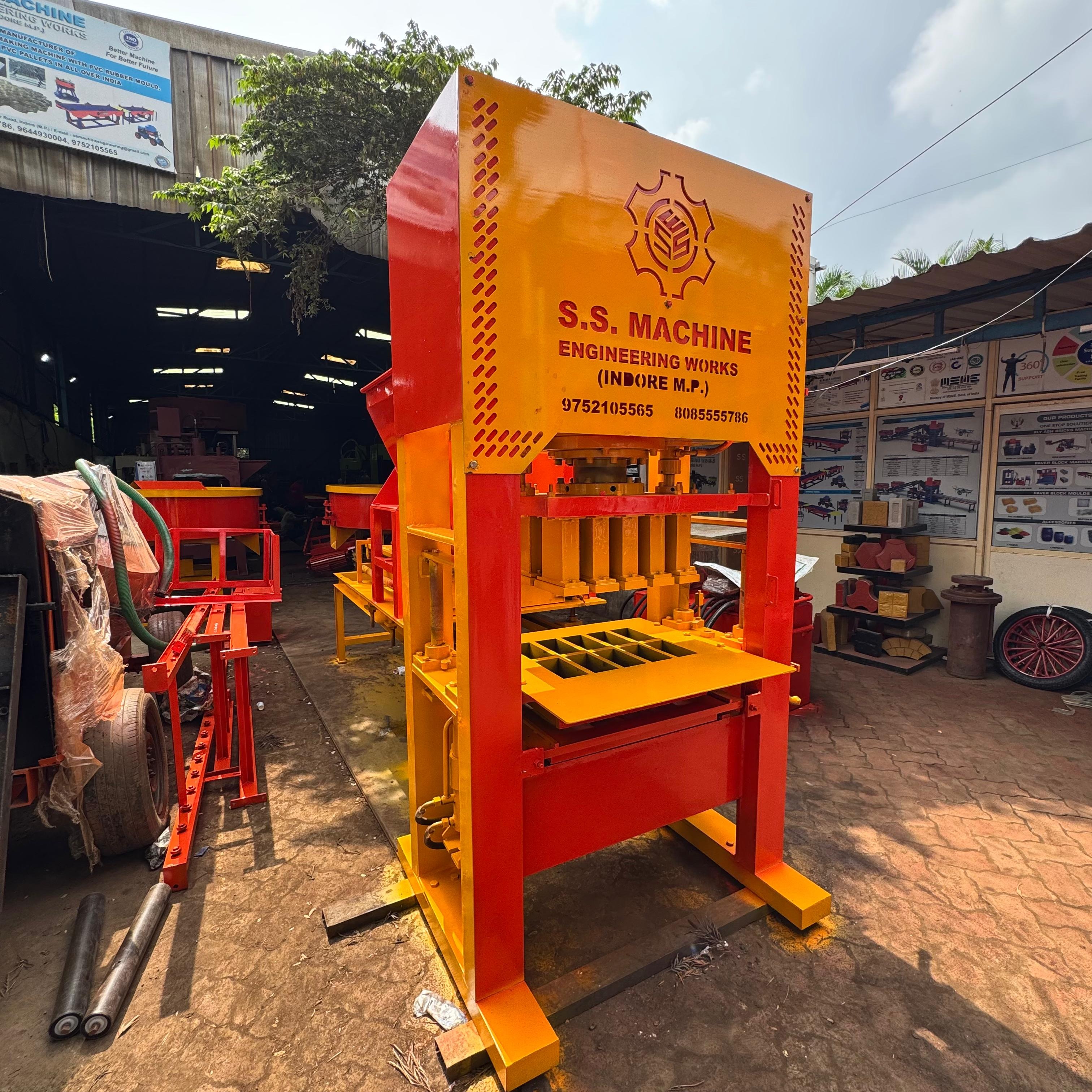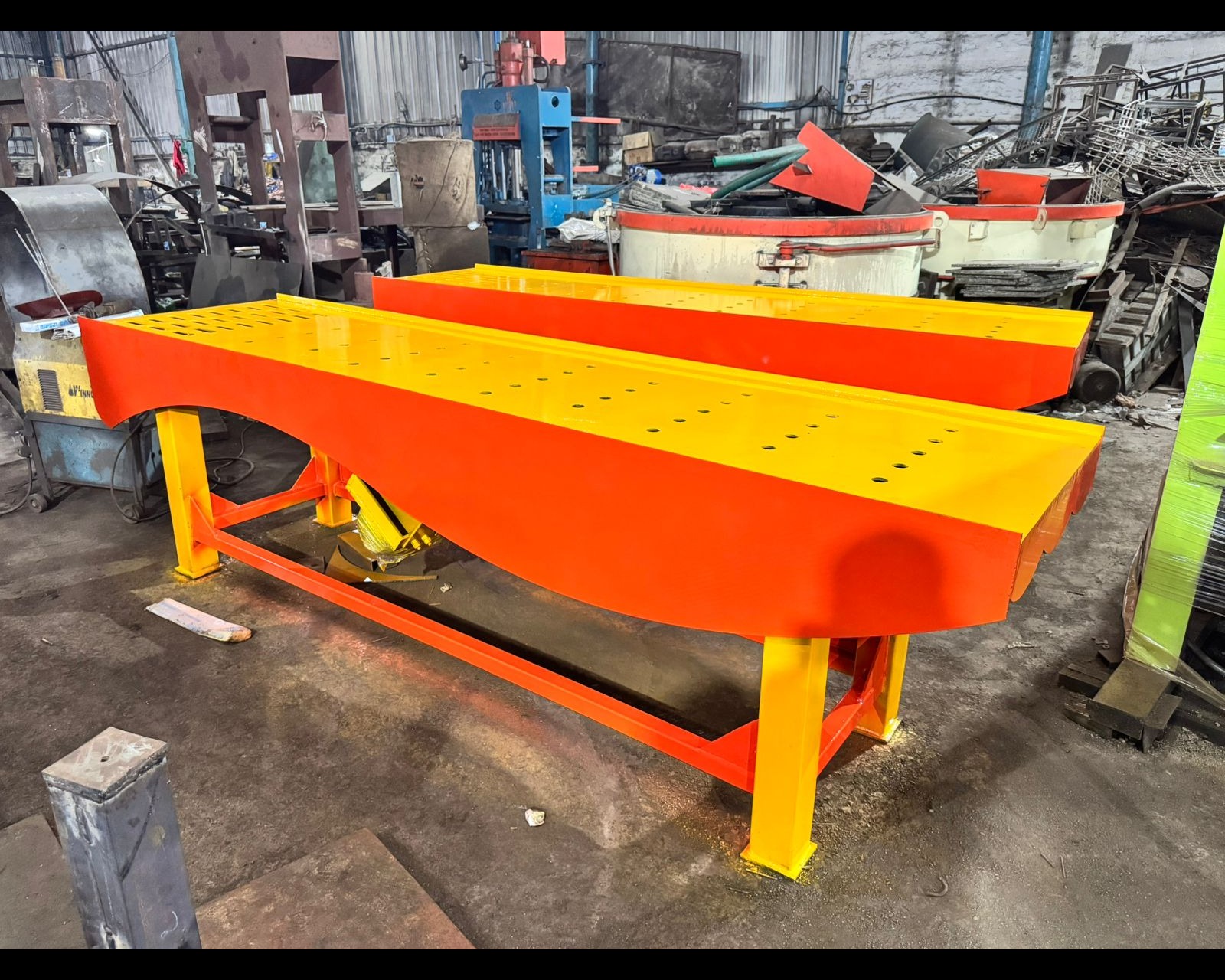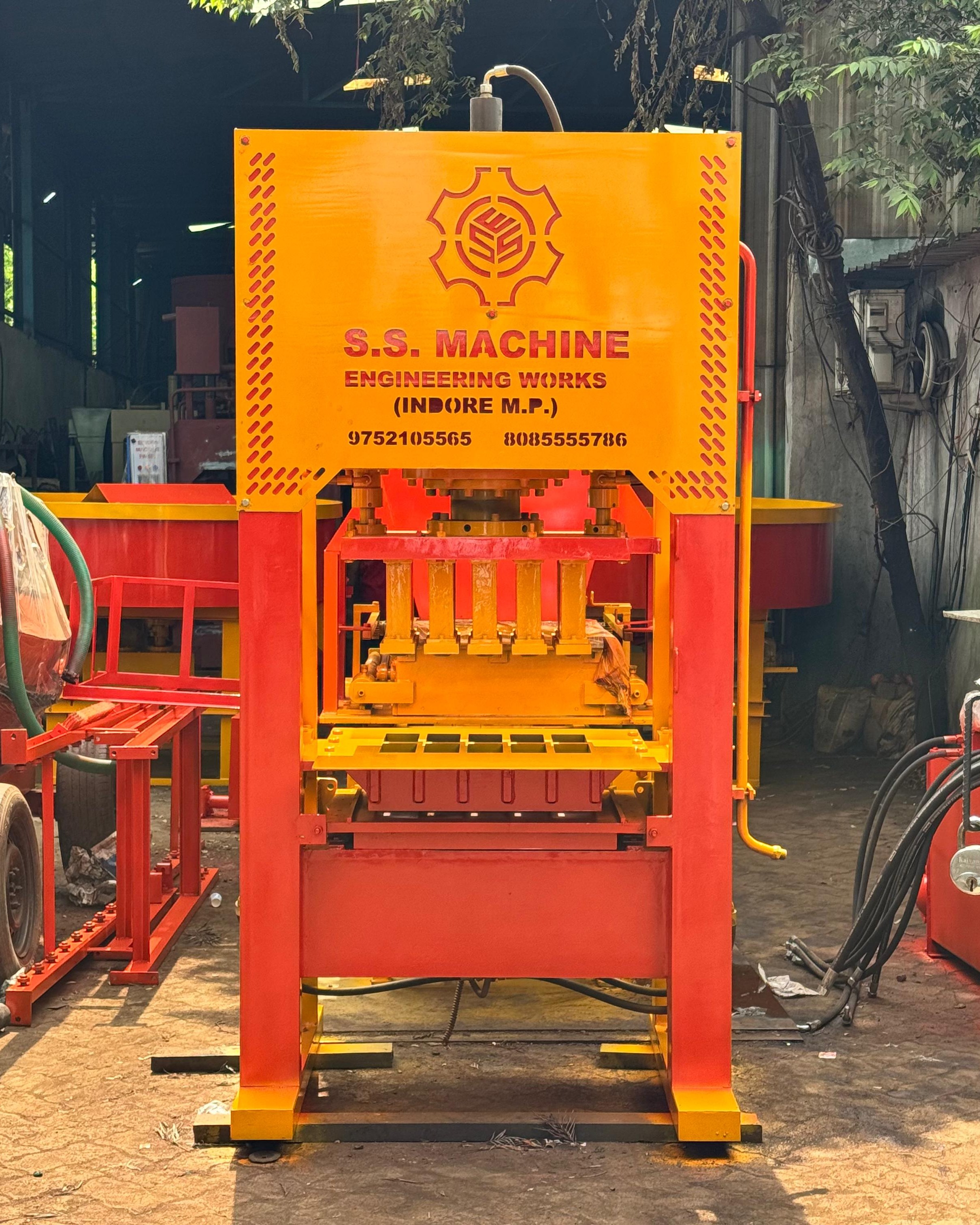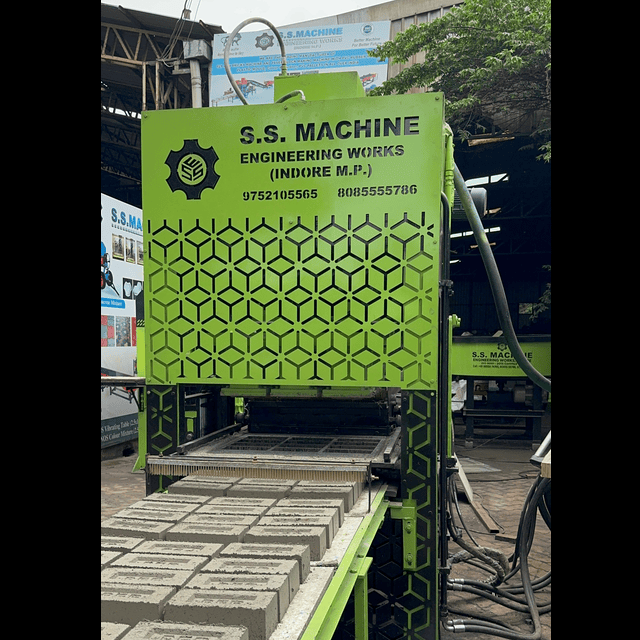
Fly ash bricks and fly ash brick machines are at the forefront of sustainable innovation in the construction materials industry, offering an eco‑friendly and cost‑effective alternative to traditional clay bricks by transforming coal combustion residues into high‑strength masonry units that serve both efficiency and environmental goals seamlessly. Fly ash, a fine particulate byproduct from coal‑fired power plants rich in silica, alumina, and calcium oxide, exhibits pozzolanic or self‑cementing properties—especially in Class C variants with higher calcium content—and when combined with sand or stone dust, cement or lime, gypsum, and water, yields a mix that can be molded into uniform bricks with excellent compressive strength, fire resistance, and dimensional precision, while reducing reliance on topsoil extraction and lowering embodied energy compared to kiln‑fired clay bricks. The fly ash brick making machine is engineered to streamline this process, with variations ranging from manual lever‑operated models to semi‑automatic hydraulic presses and fully automatic systems equipped with PLC control, automatic material batching, conveyor feeding, high‑pressure hydraulic or vibro‑compression mechanisms, multi‑brick molding capability, interchangeable molds for hollow, interlocking, solid bricks, and paver blocks, plus pallet stacking automation to boost production efficiency and consistency. Typical production capacities vary significantly: manual machines may yield roughly 1, 000–1, 500 bricks per day; semi‑automatic units can reach 2, 500–4, 000 bricks; while fully automatic, PLC‑controlled machines can produce from 6, 000 up to 25, 000 bricks daily—machine lifespans often extend 10–15 years with low power‑consumption motors and heavy‑duty steel construction designed for industrial durability. Technological specifications highlight high‑pressure hydraulic systems (100–175-ton capacity), cycle times as low as 15–20 seconds per batch, power requirements typically ranging from 10 HP up to 60 HP or more, hydraulic oil cooling systems, and automated mixing and ejection functions that minimize manual labor and reduce operating cost. In terms of materials, the fly ash brick machine utilizes a blend of fly ash, sand or stone dust, cement or lime, gypsum, and water, forming a mix whose curing—via air, mist, or steam over 7 to 28 days—develops its final strength and durability; steam curing significantly accelerates the process. These bricks outperform conventional clay bricks in several metrics: they are lighter (reducing structural dead load and cutting mortar consumption), exhibit higher compressive strength (often 7.5–12 MPa or more), possess lower water absorption, provide superior fire resistance, and allow faster construction cycles thanks to uniform dimensions and smooth finish. Economically, fly ash bricks incur lower raw material cost—fly ash being a waste byproduct—and eliminate firing energy, resulting in production cost reductions of around 20% or more compared to clay bricks. Environmentally, their manufacturing process reroutes hazardous fly ash from landfills, curbs CO₂ emissions, conserves fertile topsoil, and aligns with green building standards and government schemes promoting sustainable construction—such as India’s Fly Ash Notification and housing subsidy, offer specialized fly ash brick machines with features such as high‑pressure molding, PLC automation, vibro‑compaction, stacker integration, and customizable molds, delivering capacities from about 1, 000 bricks/hour up to 28, 000 bricks per shift, with power draws ranging from 10 HP to over 47 HP depending on automation level, hydraulic tonnage reaching up to 175 tons, and operational efficiencies tailored for small‑scale to fully integrated brick‑making plants. In summary, the evolution of fly ash bricks and their production technology reflects a convergence of industrial waste valorization, manufacturing precision, automation, and sustainable development, enabling builders and entrepreneurs to deliver structurally sound, eco‑friendly building materials at scale—strengthening infrastructure while shrinking environmental impact and stimulating the green construction economy.
Keywords
Industrial fly ash brick plant
PLC controlled brick machines
Environmentally friendly brick factory
Fly ash brick production capacity
Hydraulic brick making press
Sustainable building material solutions
High strength fly ash bricks
Automatic fly ash brick machine
Eco-friendly construction materials
Fly ash brick manufacturing machines
